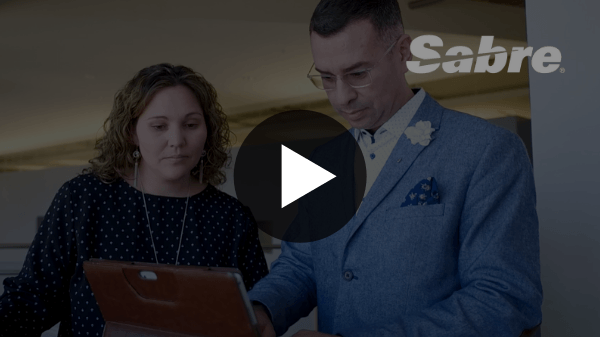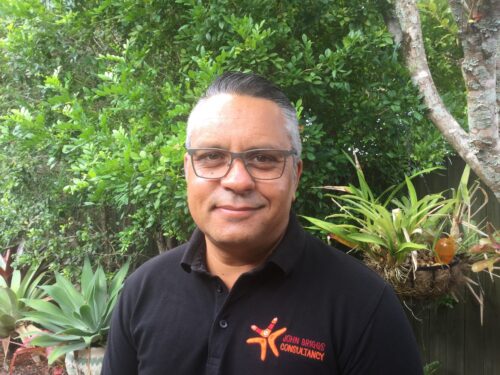Aboriginal and Torres Strait Islander Inclusion and Cultural Safety at Work
John Briggs is a renowned consultant on Indigenous engagement and inclusion. We teamed up with him to create our new course, Aboriginal and Torres Strait Islander Inclusion and Cultural Safety. We spoke to John about the value of diversity and how organisations can go about cultivating an inclusive workplace.
What does an ‘inclusive workplace’ look like to you?
An inclusive workplace looks like a reflection of multicultural Australia. It displays diversity in its imagery and communications. It says ‘We value and support a diverse workplace’ through commitment statements and acknowledgements of the traditional custodians of the land.
Quite often when you look around at corporate branding and marketing, the imagery doesn’t reflect a broader audience. When I think about this question, I think what do people want to look around and see? They want to see pictures of real people, from different backgrounds. This isn’t just about Indigenous inclusion, but inclusion in general. Everybody wants to be able to relate to what they see.
What is ‘cultural safety’ for Aboriginal and Torres Strait Islander people?
To identify safely. What I mean by that, is that if you’re an Aboriginal person who identifies as Aboriginal, but you’ve got blonde hair and blue eyes, that a workplace accepts that, and doesn’t over complicate it.
Cultural safety in the workplace means not having to put up with racism or negative comments. It means not treating an Indigenous person as an expert on all things Indigenous. Just because someone identifies as Aboriginal, doesn’t mean they have to know everything about land rights, for example. Treating people this way can make them feel unsafe.
A culturally safe workplace recognises that the Indigenous culture of Australia is the longest surviving culture in the world. People in these workplaces are able to celebrate Indigenous events such as NAIDOC Week and Reconciliation Week, without having to justify each year why they’re ‘celebrating it again’. The majority of Australians understand this, and there’s a lot of goodwill out there.
How can people help to promote cultural safety in their workplaces?
Well, they can start by celebrating all the significant dates that are related to Indigenous events. I say ‘celebrate’ because celebrating creates an acknowledgement, and acknowledgement leads to education.
I also like to tell people to create a ‘positive disruption’. The next time we hear something negative about Indigenous people, we can provide a ‘positive disruption’. A tool for this is a ‘Did you know?’ question. Next time you’re at work and you hear someone making a racial slur, you can turn around and say, ‘Did you know it’s actually offensive to use that language?’ Provide provocation that’s positive.
What practical steps can employers take to make workplaces inclusive?
- Good intentions are more likely to become affirmative actions if you link them to KPIs. Not everyone wants to hear that, but it’s true. It’s a way of ensuring action.
- Meet your targets. If you have a strategy, don’t just say you’re going to do something – actually do it. Give your strategy the time and money it needs.
- Demonstrate through doing. Leadership has to show a commitment to inclusion in both verbal and non-verbal communication.
- Engage and support Indigenous businesses and suppliers.
- Display an Acknowledgement of Country.
- Have a multicultural calendar. Celebrate a wide range of events.
- Educate everyone at all levels of the organisation to understand why inclusion is important.
If you would like to find out more about how you can create a culturally safe environment in your organisation, start by exploring the Litmos Aboriginal and Torres Strait Islander Safety and Inclusion course.






